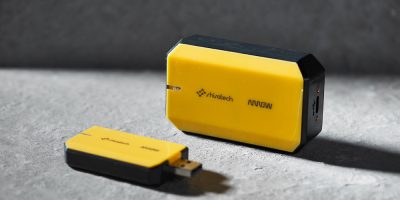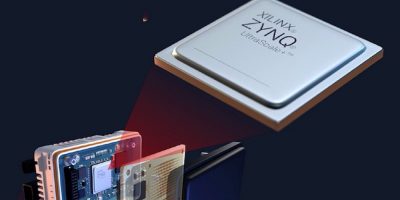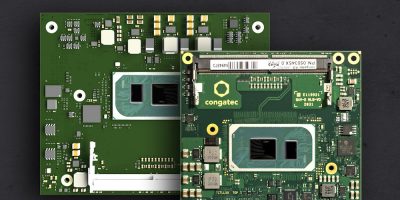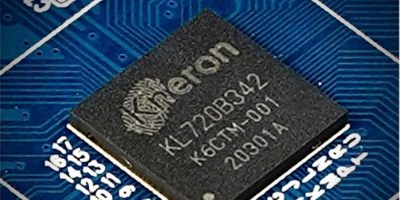Cloud analytics for industrial IoT (IIoT) are available from Arrow Electronics. The company has partnered with Siemens, coderstryke and Shiratech for what it says is an end-to-end solution, coving everything from sensors and connectivity hardware to analysis and reporting software. Arrow worked with the three partners to deliver an hardware, software, tools and consultancy services for companies implementing industry 4.0.
Condition monitoring of machines and devices is essential for efficient predictive maintenance. The analytics platform gathers data from sensors and transmits it to the cloud via an edge gateway, where it can be visualised and analysed through a customised dashboard. Through continuous monitoring and collection of relevant operating data, patterns can be observed and emerging faults identified so that maintenance can be scheduled to cause minimum disruption. It can also avoid unplanned downtime and its associated costs, while cloud analytics can also analyse running costs and help increase overall service life of equipment.
Arrow worked with Shiratech to develop iCOMOX, a hardware and software solution for condition-based monitoring of industrial assets. It is connected to the cloud with Siemen’s MindSphere. Using advanced analytics and AI, MindSphere powers IoT solutions from the edge to the cloud. It uses data from connected products, plants and systems to optimise operations, create better quality products and deploy new business models, says Arrow.
The third partner, codestryke, develops customised IoT solutions and offers consultancy to help organisations plan and roll out IIoT deployments successfully and at scale. Its skills portfolio includes app development, edge and cloud analytics and the operation of cloud infrastructure. codestryke also has an edge gateway offer (including a runtime), PLC programming and connectivity solutions.
According to Arrow, the cloud analytics encompasses all the elements necessary for a successful IIoT project, from project planning and commissioning to after-sales support. Customer requirements are identified and specified during a workshop with Arrow’s support team and installation and assembly are coordinated and implemented jointly.







